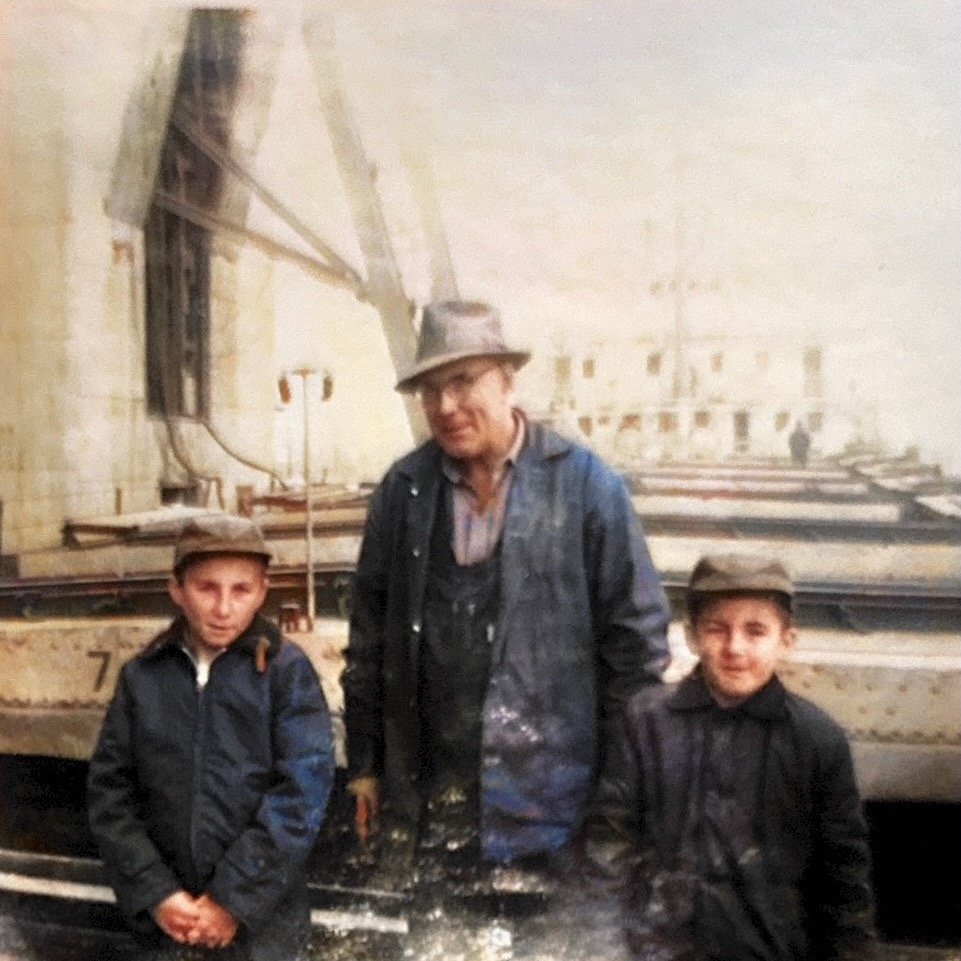Where are The Workers of the World?
Part 1
What’s the difference between a worker and an employee?
The Oxford English Dictionary (OED) defines a worker as someone who “does a specific type of work or works in a specific way.” It also defines a worker as an employee who “does manual or non-executive work.” Another definition points to a worker in a Marxist or ‘left-wing’ context as belonging to the working class—the workers of the world.
The OED defines an employee as someone who does work but for “wages or salary” and emphasizes their efforts as nonexecutives.
For me, the difference has more to do with belonging, with workers belonging to communities and employees belonging to corporations (which are seen here as economic abstractions and not necessarily communities in their own right).
Context
When I was eight, my grandfather took my brother and me on a tour of a grain ship. The boat was a monster, and my grandfather was a titan, able to control the mighty beast through his efforts and his ability to motivate action in others. He was a deck supervisor.
Armed with three days of grade one and a wonderfully absent exposure to corporate mission statements, strategic initiatives, and key result areas, Grandad did what he did best—unload grain ships, ‘Lakers’ as he called them.
At one point, I noticed a group of men wielding what looked like huge wrenches, prying clamps from giant steel lids.
“What are they doing?” I asked, pointing in their direction.
“Son, those men are workers helping us get to the grain.” “Workers?”
“Yup,” my grandfather pointed out, “they take the hatches off the ship so we can get at the grain. It’s an important job, and they work hard, after which they go home to their wives and children.”
Later, my father, brother, and I stopped at a local confectionary on our way home. My brother and I entered first, and once in, Dad stopped us.
“Boys, see that rack of bread?” He asked, nodding toward the bakery section.
“Yes,” we answered in unison.
“Well, people around here wouldn’t be able to buy those bread loaves if your grandfather and his workers didn’t do their jobs.”
“Really?”
While my father’s point didn’t explain the connections between the ship’s hold and the bread rack, this eight-year-old heard two powerful messages.
First, as a worker and a supervisor, Grandad played an essential role in a much larger community process, which interestingly didn’t include the corporation itself. (It wasn’t until many years later that I discovered he worked for the CPR.)
Second, he took his obligations seriously. He wasn’t working for fun, counting his money, or enthusing expectantly on shareholder value. He was feeding his family and his community.
Today, I reflect on that moment and wonder how many workers can tie their efforts directly to the life of a community — like my grandfather. I wonder why we rarely hear the word worker. Instead, I’ve steadily listened to the word give way to corporate substitutes like employee or abstracted in nouns like asset, liability, or at its cruellest, a term I’ll reveal in the last part of this series.
And to answer the question in the title? Well, workers still exist, and they’re everywhere. It’s just that, given the bullshit in so many of our organizations, it can be difficult to see them.
But what about employees? I'll take a look at them in Part 2, From Worker To Employee.

